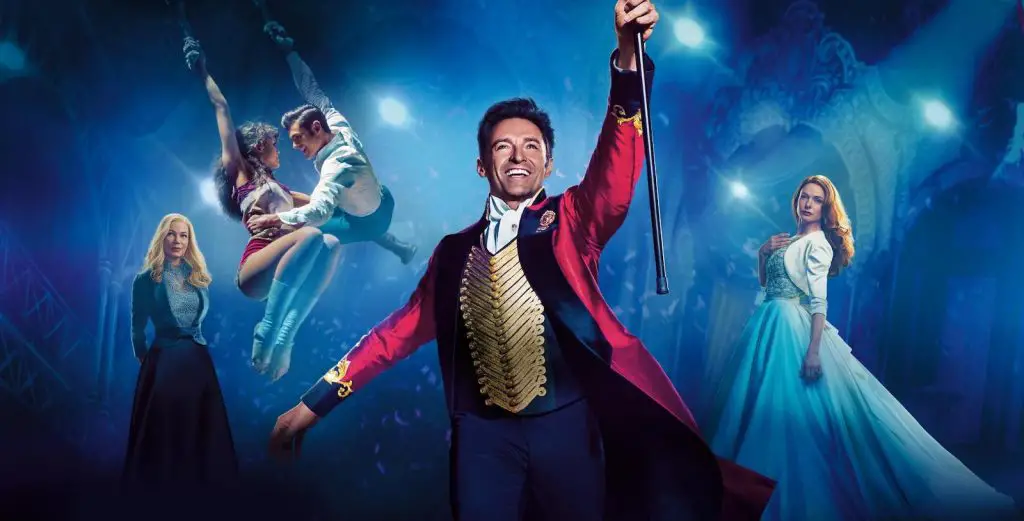
The first shot of the film is the most telling; it could be straight out of something by Lynch or Kubrick as we open on a picturesque American street and find ourselves looking at a girl sitting in a car. This shot is so well composed and moody that it almost feels completely wrong for the genre of film we’re about to watch.
“Stuck!” is a sometimes faithful, sometimes fanciful recreation of the old black-and-white women-in-prison films. It stars Starina Johnson as Daisy, the innocent girl wrongly convicted of a crime she didn’t commit ™. Coming home one day, Daisy finds her mother about to commit suicide. She tries to intervene and, well… things go a little awry. Arrested due to the testimony of the next door neighbor lady, she is swiftly judged guilty, sentenced to hang and sent to death row. There she bonds with her fellow prison mates, rails against the authoritarian warden and guards, all the while trying to convince others of her innocence.
But why am I explaining all this? You knew everything you needed to know at “Women-in-prison,” didn’t you?
Well, it’s not that simple. Balderson just doesn’t make simple films, and this is no exception. On the one hand it’s a goofy 50’s exploitation film, on the other it’s visual poetry about guilt, sin and feeling trapped within your life. Daisy may not have killed her mother, but deep down maybe she wanted to. Maybe that’s why it was so easy to pin the crime on her, because in her heart of hearts she murdered her mother every day. The prison she’s in now is almost less of one than her life on the outside used to be.
The screenplay is by Frankie Krainz, Steve Balderson, and Jon Niccum. It’s ably written, having just enough touches of originality so you won’t feel like you’re watching a revival of an old play, while at the same time showing plenty of reverence to the genre it’s so lovingly emulating. Yet, I can’t help but feel that Balderson used it only for the dialogue, set pieces, and little else because his primary manner of self-expression has always been in images not words, and if you look closely enough you can almost see a poem unfurling in the black and white cinematography, something like:
“Those foul mouthed dames with the black and white painted faces, unbroken defiant and free, surrounded by walls of jazz and bars of kitschy lies masquerading as film…”
I know. I know. Maybe I’m overthinking this; wouldn’t be the first time. Yet, I think I’m onto something. It’s not in the words, or the plot or the story; but it’s in the air, it’s in the beat, it’s in the very soul of the work. You’d have to be blind not to see it.
Speaking of airs and beats, one aspect of the film that requires it’s very own paragraph is Rob Kleiner’s jazz score. No one who sees this movie will walk away unimpressed by those radical cool cat sounds. Damn it’s good. Personally, I’ve become sick to death of grand orchestra symphonies or rock music in movies. So Kleiner’s music comes as a welcome relief and a delight. Not to mention that it fits seamlessly into Balderson’s visuals as if it had always been meant to be there. I sincerely hope these two will work together again because they complement each other’s work.
The cinematography is beautiful, in what is essentially a trademark of any Balderson film. Steve is one of the few modern filmmakers who have shot most of their work in black and white, and one of the only ones to always make it look good.
If I have to find fault, it’s mostly with the overall editing and the second act, both of which are a bit unfocused. I also have to return to what I said about the first shot. Trying to mix beauty and kitsch is a double edged sword. The visuals and this genre of film don’t feel in sync, at all. It’s like going to a sleazy strip club and watching some sad young heroin addict dance to Glenn Gould’s “The Goldberg Variations”. The two just don’t go together, and the more you watch, the more it jumps right out at you.
In the end, this is a film where the art and the grit fight for dominance, and to which I selfishly proclaim my preference for the art. Balderson will do whatever he wants as his next project, but I can’t help thinking of how nice it would be if next time he went full out and did one or the other, but not both.

